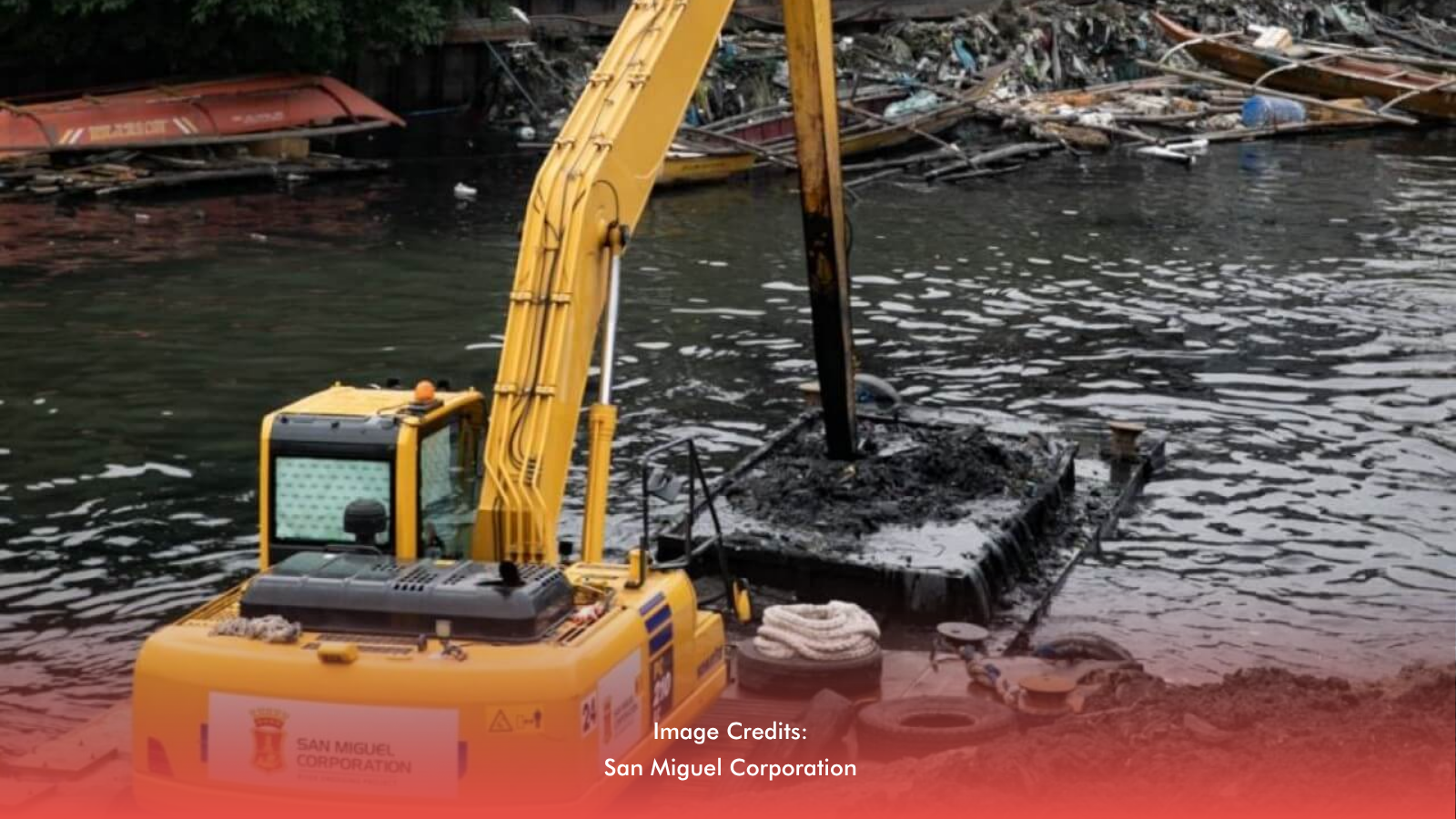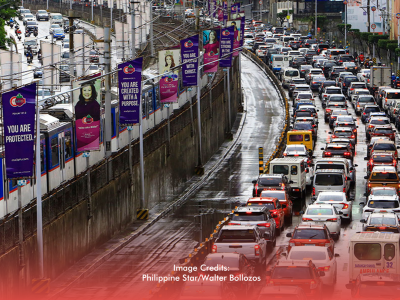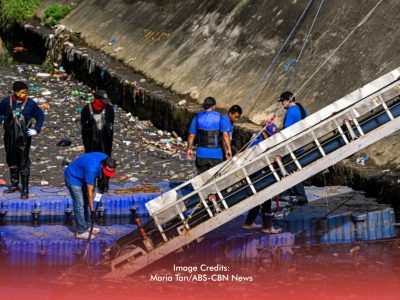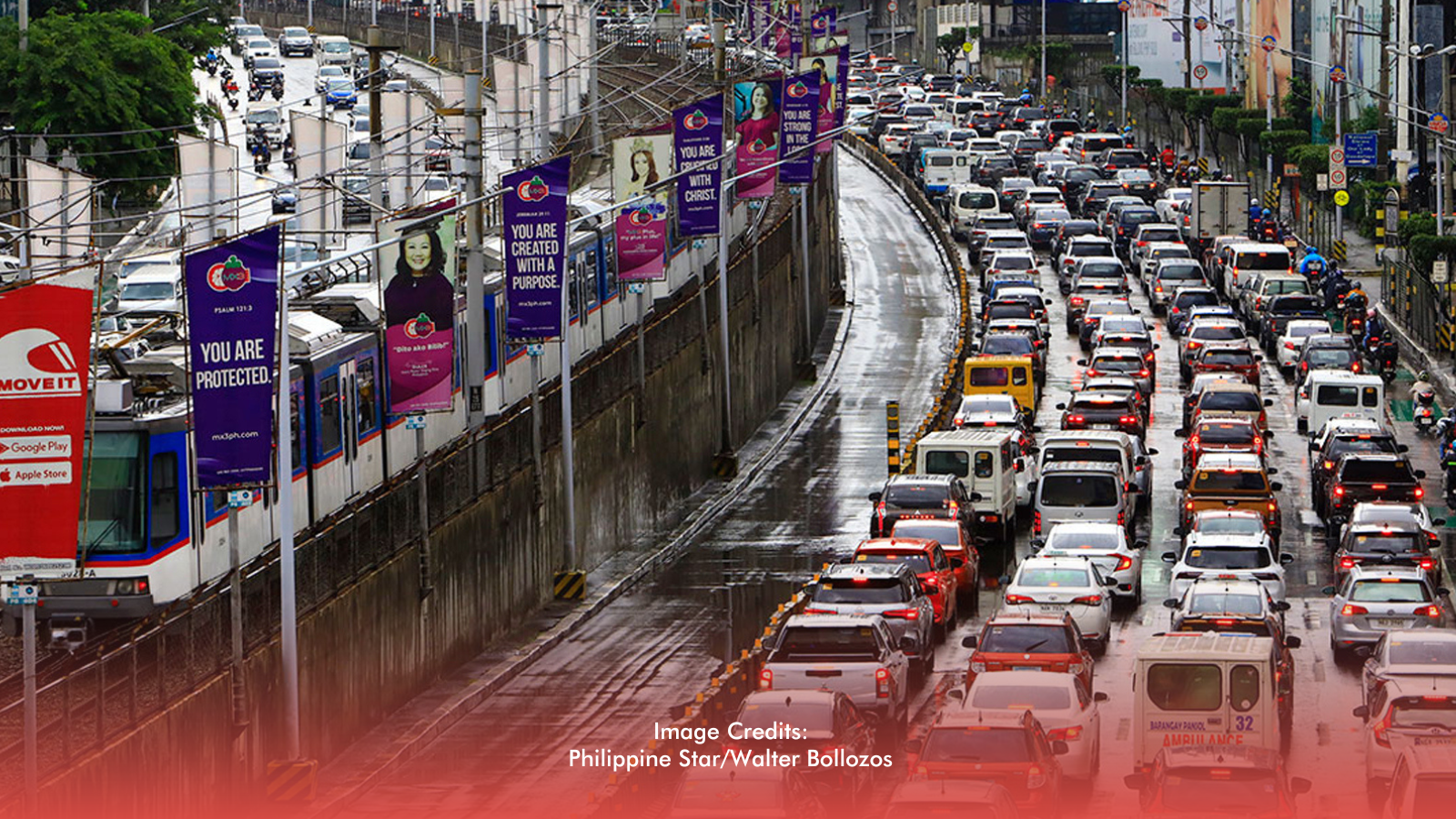Parañaque City — Around 225,000 metric tons of waste and silt have been removed from critical waterways surrounding the Ninoy Aquino International Airport (NAIA), following a large-scale cleanup effort jointly led by San Miguel Corporation (SMC) and New NAIA Infrastructure Corp. (NNIC), the new operator of the airport.
The initiative, launched in September 2024 under SMC’s “Better Rivers PH” program, has focused on clearing a 4.8-kilometer network of rivers and esteros that feed into flood-prone areas near NAIA. These include the Parañaque River, Don Galo River, San Dionisio Creek, and Villanueva Creek, along with stormwater drainage channels like Airport Creek and Multinational Creek.
RELATED: [Reviving Pasig: The Lifeline of Metro Manila]
Cause and Effect
The cleanup was prompted by years of persistent flooding in and around NAIA, worsened by heavy rains and clogged waterways. With the goal of improving drainage capacity and preventing runway closures and traffic disruptions, NNIC and SMC began desilting key tributaries and reopening over 50 drainage manholes across Terminal 4 and nearby access roads.
In its early stages, the project cleared nearly 93,000 tons from the Don Galo and Parañaque rivers alone. By March 2025, a total of 139,000 tons had already been lifted from a 3-kilometer segment. Today, the cumulative figure stands at 225,000 metric tons.
The Department of Transportation (DOTr), Department of Public Works and Highways (DPWH), Department of Environment and Natural Resources (DENR), and the local government of Parañaque have backed the cleanup, calling it a vital step toward making the airport area more resilient to floods.
Residents and workers in nearby barangays have reported noticeable improvements in recent months, with floodwaters reportedly receding faster during moderate rains.
Context and Moving Forward
Still, experts and local officials caution that while the cleanup has helped ease immediate flooding concerns, long-term sustainability remains in question. Most of the rivers involved are highly polluted, and without consistent maintenance and enforcement against illegal dumping, the waterways are likely to silt up again.
A working hypothesis is that while desilting offers measurable short-term benefits, flood risk in the area may only be truly addressed through a mix of urban planning, better solid waste management, and stronger community involvement.
The Parañaque case highlights a broader pattern: large private-public cleanups can yield quick wins, but lasting change requires more than just dredging—it demands policy, participation, and persistence.








